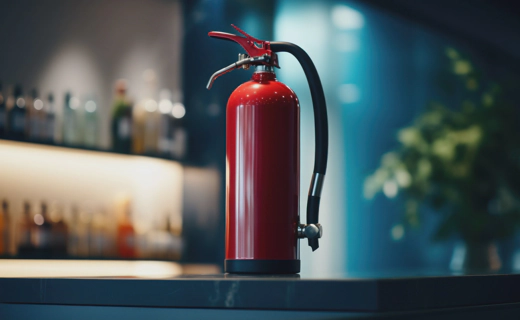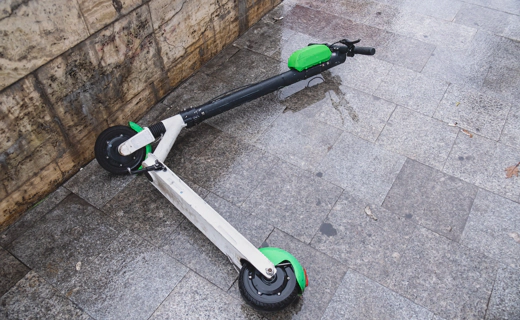Are parking garages really socially important fire objects according to TEK §11-3?
2020-09-04 Academic Fire engineering Risk assessment
Reflections on the RISE report after the Sola fire
The RISE report after the fire in the parking garage at Sola has been published. I must say that it is with increasing astonishment that I read the report and with great concern that I see the conclusion that has been reproduced in the press; “The parking garage at Sola was not designed in accordance with the building regulations” (bygg.no).
I have not had access to the design documentation so I do not take a position on whether or not any design errors have been made.
There are still some issues raised in the RISE report that I believe are timely to raise with DiBK and DSB, and to air in the fire community.

Text: Anders Arnhus,
Senior consultant at PiD Solutions AS
Astonishment
RISE bases its assessments and conclusion on the fact that in their assessment the parking garage should have been placed in fire class 4. For those who are not familiar with chapter 11 of TEK, this means that RISE believes that the consequences for life, health, the environment or society in general will be particularly great in the event of a fire in the building, cf. TEK § 11-3. RISE justifies this by saying that the parking garage is located close to socially important infrastructure, i.e. the terminal building and the airport.
The TEK guidelines operationalize the regulatory requirements and provide examples of structures that fall under the requirements for fire class 4; these are, for example, structures with more than 16 floors, structures where fire can pose a major risk to significant societal interests, structures that are mainly located below ground, etc. The guidance text on which structures are classified as fire class 4 does not mention material values.
The TEK guidelines also mention parking garages and provide relaxations for load-bearing capacity requirements when 1/3 of the wall surfaces are open. Parking garages can then be built with R15 when considerations for escape and the fire department’s high-altitude equipment are taken into account. Limitations on the reach of the fire department’s high-altitude equipment are set elsewhere in the guidelines at 23 meters and are assumed to be satisfactory also for parking garages. The guidance’s explicit exception for parking garages confirms that DiBK, the authority responsible for the guidance, considers the fire risk and the consequences of a fire in parking garages to be low and thus allows for building with reduced requirements for load-bearing capacity during a fire.
How does TEK’s guidance compare with RISE’s conclusion that the parking garage should have been considered a particularly high risk?
Concern
Do DiBK and DSB support RISE’s conclusion that the parking garage should be placed in fire class 4?
Does DiBK believe that the parking garage could not be designed in accordance with TEK’s guidance because the parking garage is located at an airport?
If so, is it because of the economic consequences, because people who are going out to fly cannot park their cars, or is it because of the consequential damage that smoke from the fire stopped traffic to and from Sola for a few hours?
Do the authorities expect a fire technical consultant to decide whether a building, or rather the activities in a building, have a major societal critical function?
The fire consultant can clarify the personal safety in a building, and whether a fire will have a major consequence in the form of material damage. When it comes to the societal consequence of a fire in the building, it is the project owner who defines the requirement for societal safety, alternatively the authorities at DSB or through conditions in the framework permit from the municipality.
The responsibility for assessing societal criticality cannot be attributed to the person responsible for the fire design, who designs in accordance with the requirements in TEK and follows up on these. The fire consultant must receive this sufficient information from the project owner, and include this information as a prerequisite in the design.
Why don’t DiBK and DSB investigate?
In chapter 1.2 of the report, RISE has clarified that they have been tasked with investigating whether the building was designed and constructed in accordance with current building regulations, reviewing the firefighting efforts, etc.
Why haven’t DiBK and DSB themselves been responsible for parts of the investigation? Shouldn’t the authorities themselves be responsible for such investigations into the handling of their own regulations? We see in the RISE report that the authors believe that the building should have been placed in fire class 4. The subsequent assessment of the design is based on this assessment that the building should be in fire class 4. Here I believe the RISE report is wrong and that the authorities themselves must step in and conduct an investigation of the design documentation, the authorities must determine the correct fire class and then conduct an evaluation of whether their own regulations are understood and handled correctly by the designer. It is the authorities themselves who are closest to providing a correct interpretation of their own regulations.
There are few institutions in this country that are better than RISE at investigating and describing fires and fire progression. When it comes to assessing design against regulations, I cannot see that RISE has central approval as a fire designer or controller in any measure classes. The person who is to assess design must have in-depth knowledge of the relevant regulations and, in my opinion, also have thorough experience with operationalizing requirements in TEK into a concrete fire concept with guidance. The SAK regulations require that the person responsible for design requires at least 8 years of relevant design experience after a master’s degree/civil engineering degree for measure class 3, which was the current measure class for the parking garage.
The matter must receive clarification of the authorities’ view and clarification of the authorities’ expectations of who is responsible for identifying which objects are considered critical to society, and thus also which events can trigger requirements for a building to be placed in fire class 4.




